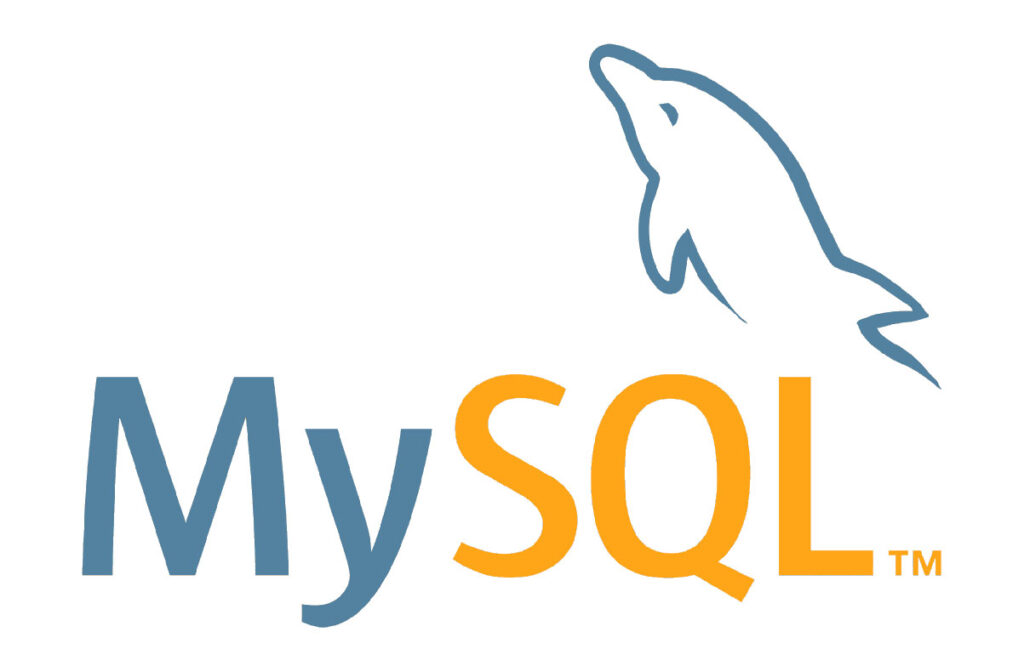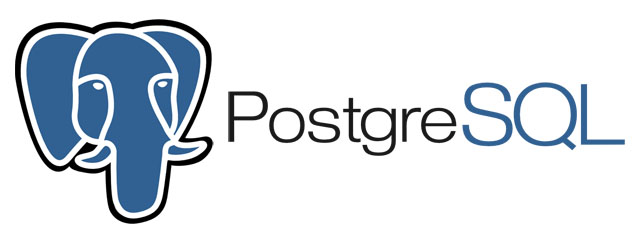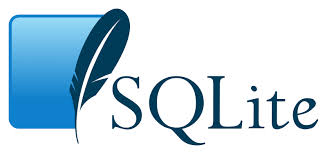
Among relational database management systems (RDBMS), there is a wide variety. Each has its strengths and areas of application, making them suitable for different types of projects depending on specific requirements.

Meet Sakila the dolphin, the mascot of MySQL. It is the world’s most popular open-source database. According to DB-Engines, MySQL holds the top spot in global popularity. It has an open-source codebase and includes numerous features developed in close collaboration with users for over 25 years. MySQL is used by many of the most popular applications, including Facebook, Twitter, Netflix, Uber, Airbnb, Shopify, and Booking.com.
MySQL is renowned for its high performance, especially when it comes to read operations. This makes it ideal for web applications where data access speed is critical. Many popular platforms, such as WordPress and Magento, use MySQL precisely because of its efficiency in handling a large number of read queries. MySQL can be quickly deployed and started without the need for complex administration. This is particularly important for small development teams and startups, where time and resources are limited.
Another advantage of MySQL is its large community and wealth of available resources. Thanks to its open architecture and active developer community, MySQL users have access to extensive documentation and forums. This simplifies the process of solving emerging problems. Additionally, MySQL supports various types of replication, such as master-slave and master-master, allowing for the creation of fault-tolerant and scalable systems. MySQL Cluster, in turn, provides capabilities for building distributed systems, ensuring high availability and scalability.
However, MySQL has limitations in supporting complex queries and transactions compared to more powerful RDBMSs like PostgreSQL or Oracle. While MySQL handles simple operations excellently, challenges may arise when performing complex analytical queries or working with large volumes of writes under high load. Despite offering tools for replication and clustering, configuring and managing such systems can be complicated and require significant effort.
MySQL is a powerful and user-friendly RDBMS, ideally suited for web applications and projects requiring high performance for read operations. However, it may be less suitable for tasks involving complex analytics, large data volumes, and strict adherence to SQL standards. These features should be considered when choosing MySQL for a specific project.

PostgreSQL is a powerful and flexible relational database management system (RDBMS) known for its extensive capabilities and reliability. One of PostgreSQL’s key advantages is its rich functionality. This RDBMS supports complex queries, transactions, and various data types, making it ideal for applications requiring deep data analysis and processing. For example, built-in support for JSON and XML enables efficient handling of semi-structured data, which is crucial for modern web applications and services.
Another significant advantage of PostgreSQL is its extensibility. Users can create custom functions, data types, operators, and indexes, providing flexibility in tailoring the database to specific tasks. This makes PostgreSQL especially appealing to developers who need non-standard solutions or want to optimize performance for specific use cases. Additionally, PostgreSQL fully complies with SQL standards, ensuring application portability and ease of integration with other systems.
PostgreSQL is renowned for its reliability and adherence to ACID principles (Atomicity, Consistency, Isolation, Durability). This makes it suitable for mission-critical applications requiring high levels of data integrity and security. Built-in mechanisms for crash recovery and data replication ensure high availability and fault tolerance, which is particularly important for large corporate systems and financial applications.
However, PostgreSQL has a more complex setup and administration compared to some other RDBMSs, such as MySQL. To effectively utilize all of PostgreSQL’s features, a deep understanding of its architecture and configuration parameters is required. Its high resource demands can also affect performance when dealing with very large data volumes or high loads.
Additionally, despite its broad community and available resources, PostgreSQL is still less popular among startups compared to MySQL. This means that finding specialists with deep knowledge of PostgreSQL can be more challenging, sometimes limiting its use in smaller projects and potentially increasing infrastructure maintenance costs.
Overall, PostgreSQL is a powerful, flexible, and reliable RDBMS, well-suited for complex and mission-critical applications. Its rich functionality, extensibility, and compliance with SQL standards make it an ideal choice for tasks requiring complex data processing and high reliability.

Oracle RDBMS (Relational Database Management System) is one of the most powerful and widely used relational database management systems, known for its high performance, reliability, and scalability. One of the main advantages of Oracle RDBMS is its ability to effectively handle large volumes of data and provide high performance under heavy loads. This makes Oracle RDBMS an ideal choice for large corporate systems and mission-critical applications, such as banking systems, ERP, and supply chain management systems.
Oracle RDBMS offers a rich set of tools for database management and analytics. Built-in features like Oracle Real Application Clusters (RAC) and Oracle Data Guard ensure high availability and data protection. RAC allows the distribution of workload across multiple servers, significantly enhancing system performance and fault tolerance. Data Guard provides continuous data replication and automatic failover, which is critical for businesses requiring uninterrupted operation.
Another important advantage of Oracle RDBMS is its high level of security. Oracle provides numerous built-in mechanisms to ensure data security, including data encryption, row and column-level access control, and powerful auditing tools. This makes Oracle RDBMS suitable for use in sectors where data security is critically important, such as finance, healthcare, and government agencies.
However, Oracle RDBMS also has its drawbacks. One of the main issues is the high cost of ownership. Licensing Oracle can be expensive, especially for large organizations. Prices depend on the chosen edition and the number of processor cores. For example, the standard edition (Oracle Database Standard Edition 2) costs around $17,500 per processor core, while the more feature-rich edition (Oracle Database Enterprise Edition) can cost around $47,500 per processor core, not including the cost of additional options and support. These expenses can increase significantly with the need for additional features and services.
Despite the high cost, Oracle RDBMS remains one of the most powerful and reliable database management systems on the market, offering unparalleled capabilities for large corporate applications that require special attention to data security and reliability.

Microsoft SQL Server is a powerful and flexible relational database management system (RDBMS) known for its deep integration with Microsoft products and a wide range of capabilities for data management and analysis. One of the main advantages of SQL Server is its tight integration with the Microsoft ecosystem, including Windows Server, Azure, and other cloud services, as well as products like Microsoft Office and SharePoint. This provides ease of integration and data management in corporate environments already using Microsoft solutions.
SQL Server stands out for its user-friendliness and powerful tools for administration and development. SQL Server Management Studio (SSMS) provides an intuitive interface for database management, query execution, and configuration. This makes SQL Server a convenient choice for both experienced database administrators and developers. Integrated tools such as SQL Server Integration Services (SSIS), SQL Server Analysis Services (SSAS), and SQL Server Reporting Services (SSRS) allow for the creation of complex ETL processes, data analysis, and report generation.
Security is another significant advantage of SQL Server. Support for features like data encryption, role-based access control (RBAC), and multi-level auditing ensures a high level of data protection. These capabilities make SQL Server suitable for use in sectors with high security requirements and regulatory compliance, such as finance and healthcare.
SQL Server also excels in performance and scalability. Support for in-memory technologies and query optimization features enables the processing of large volumes of data and the execution of complex analytical tasks at high speed. The ability to horizontally scale using SQL Server on the Azure platform provides flexibility and adaptability as workloads increase.
However, Microsoft SQL Server has high licensing costs. While Microsoft offers various editions of SQL Server with different plans, including the free SQL Server Express edition with limited capabilities, more comprehensive versions such as SQL Server Standard and SQL Server Enterprise can be quite expensive. For example, SQL Server Standard Edition costs around $3,717 per core, while SQL Server Enterprise Edition can cost around $14,256 per processor core. These costs can quickly add up when additional features and support are required.
Another drawback may be the dependency on the Windows operating system, although the latest versions of SQL Server also support Linux. For organizations primarily using Unix-like operating systems, this may create additional complexities and administration costs.
Overall, Microsoft SQL Server is a powerful and reliable RDBMS, ideally suited for corporate applications in environments already using Microsoft products. Its user-friendliness, high performance, security, and deep integration with the Microsoft ecosystem make it an excellent choice for data management and analysis tasks. However, it is important to consider the licensing costs and limitations associated with the dependency on Windows operating systems when choosing SQL Server for your projects.

SQLite is a lightweight and embedded relational database management system (RDBMS) known for its simplicity and compactness. One of the main advantages of SQLite is its lightweight nature. Unlike larger RDBMS, SQLite does not require server installation and configuration, making it ideal for use in mobile and embedded systems. This allows developers to integrate the database directly into the application, providing autonomous data storage without the need for additional server environments.
SQLite also stands out for its ease of use. With minimal configuration requirements and no need for administration, SQLite becomes an excellent choice for developers in need of a simple and efficient database solution. The simplicity of SQL syntax and rich documentation make the initial stage of working with SQLite exceptionally easy, which is particularly useful for small projects and startups.
Another important advantage of SQLite is its performance when working with small and medium-sized data volumes. SQLite uses an embedded library that loads into the application’s memory, providing fast data access. This makes SQLite suitable for tasks such as storing configuration data, caching, as well as for small web applications and desktop programs.
Data security and integrity in SQLite are also top-notch. Support for ACID transactions ensures reliability and fault tolerance, which is important for mission-critical applications. Despite the lack of complex access control mechanisms, database encryption can be implemented using third-party libraries, enhancing data security.
However, SQLite has limited scalability. SQLite is not designed to handle large volumes of data and heavy workloads, making it less suitable for large corporate applications and analytical systems. As data volume increases, performance may significantly decrease, and simultaneous work by a large number of users can lead to locks and delays.
Additionally, SQLite has limited capabilities for extensibility and customization compared to more powerful RDBMS such as PostgreSQL or Oracle. The lack of support for complex queries, triggers, and other advanced features limits its application scope. It is also important to note that SQLite does not support real-time multi-user access, which may be critical for some applications.
In conclusion, SQLite is a simple, lightweight, and efficient RDBMS, ideally suited for mobile and embedded systems, small web applications, and desktop programs. Its ease of use, high performance with small data volumes, and lack of administration requirements make it an excellent choice for projects where simplicity and autonomy are important. However, limitations in scalability and functionality should be considered when choosing SQLite for larger and more complex projects.
So, we’ve covered the main Database Management Systems, each of which, in its diversity, fully satisfies the needs of products of any level and complexity. Each of them has its advantages distinguishing it among alternatives. However, they also have certain limitations depending on the application area. Our experienced specialists will help you determine the optimal system specifically for your project. Taking into account the current performance requirements and the strategy for further development.
